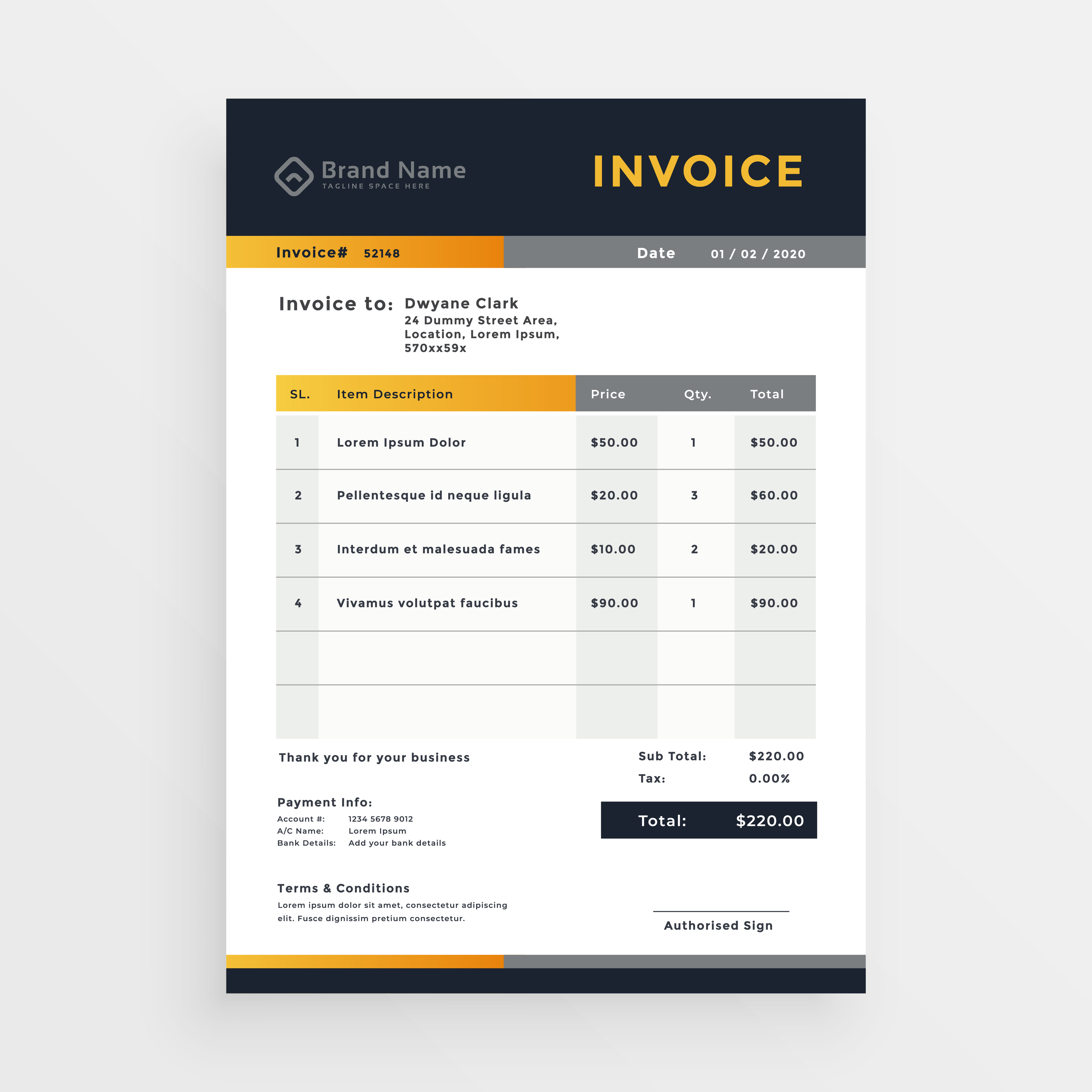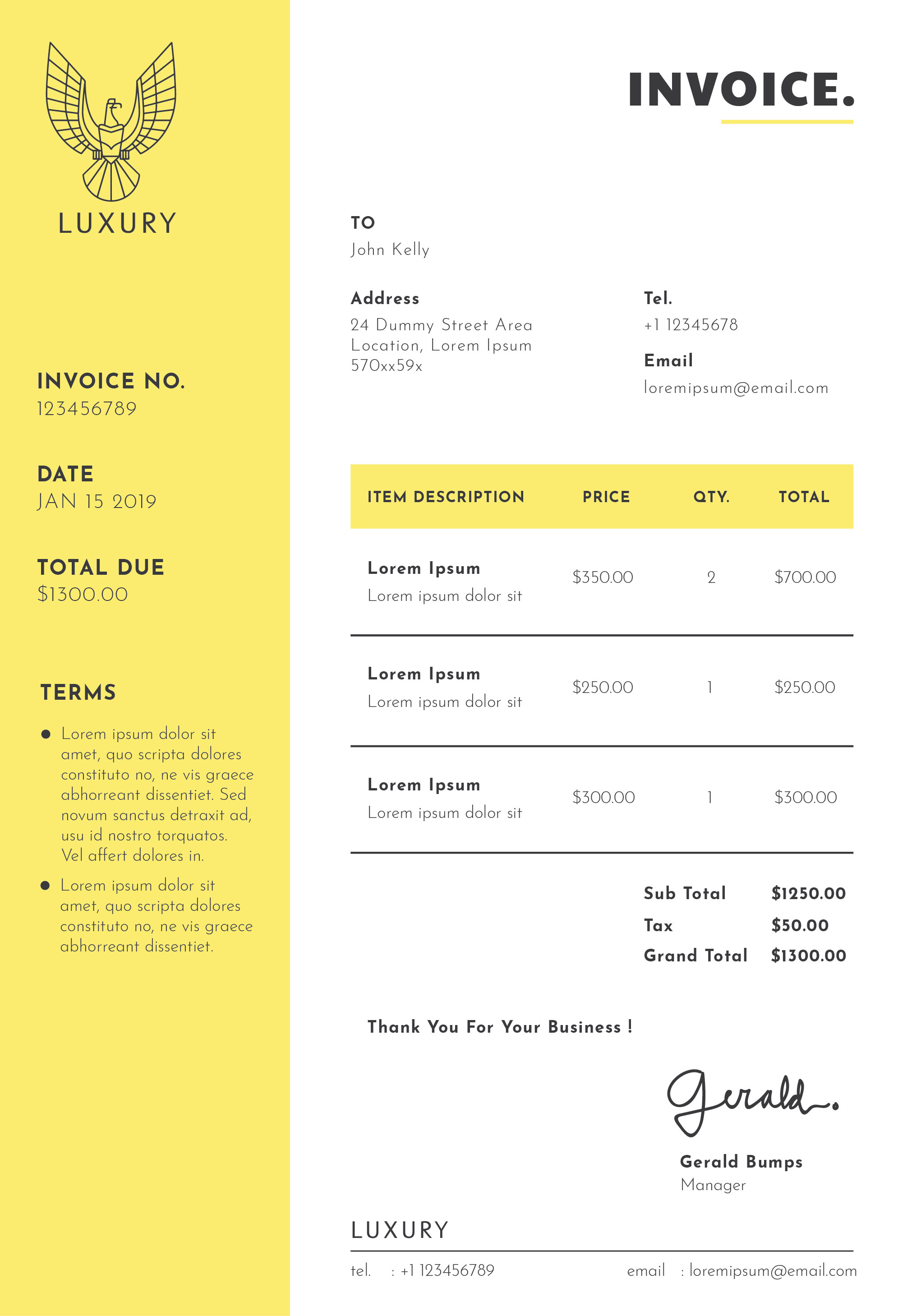
No process for Time and cost tracking, per job profit/loss and document management.
GFX ARTIST INVOICE PROFESSIONAL MANUAL
Manual processes for quoting, scheduling, invoicing, debt chasing, shared work and double keying between systems. Most small businesses’ time is flooded with manual processes for easily automated task.
GFX ARTIST INVOICE PROFESSIONAL SOFTWARE
Software is great but without changing and optimising internal processes it is impossible to become a streamlined business.

All of them assure us “It’s actually a pretty good system”, but lack any automation, reporting, complex scheduling and access levels. To cover operational needs like tracking time and cost tracking, project management and financials we have seen all kinds of Excel, Word and paper systems that graphic design companies use to project manage. The alternative choice is to stay with the older versions, which is not ideal in a tech heavy industry. Buying the latest software when it came out, which came with a big upfront costs in the thousands. Usually using the select few Adobe products they needed on a regular basis.

In this post we will profile Graphic Design as an example of how the cloud has helped many of these early adopters, this is part of a series of posts profiling different professions before and after the lean cloud revolution.įirst let’s take a look at a usual software and processes seen in a small graphic design business before implementing the cloud. The early adopters of lean cloud business practices have been unsurprisingly the tech, creative and professional services industries.įor creatives the benefits have been massive, with systems that save time and energy, improved reporting and with their financials streamlined, focus can be fully applied to the creative process. This with the efficiency gained from using integrated cloud systems helps business looking to adopt a lean business model. The low monthly cost of these tools is a huge factor for smaller businesses, where cash flow is the most important financial factor. There are systems that cost only tens of pounds a month that cover: project management, time and cost tracking, invoicing, reporting, industry tools, debt collection, cash flow management, reporting and the list goes on. The applications stretch far beyond just Xero and Google Docs. Small and medium businesses - especially in the 3-50 employee range - receive the biggest benefits of the cloud. People and businesses are moving more of their digital life to the cloud and for good reason: cheaper software and storage, remote access and in place of constant upgrades, consistent gradual improvement. They have a blog where they cover topics such as Cloud, Xero, technology for SMEs and tips for small businesses. This post is by Guy Earnshaw of BlueHub who are Cloud Consultants and Xero Integrators.


 0 kommentar(er)
0 kommentar(er)
